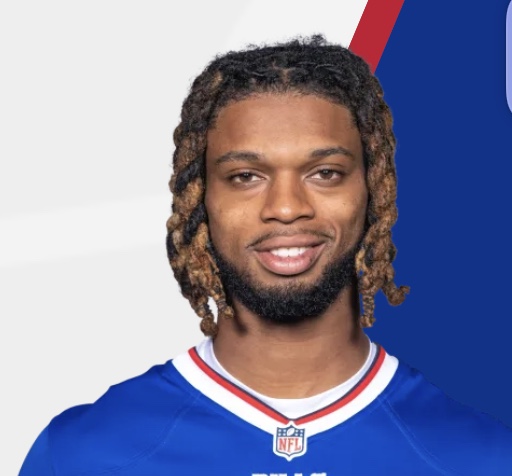People who work in or play football know that the sport comes with risks. I think, however, most of us have never seen anything like what happened to Buffalo Bills’ safety Damar Hamlin on the field in Cincinnati Monday night. We were horrified earlier this NFL season when Miami Dolphins’ quarterback Tua Tagovailoa experienced a seizure after a hit. We thought – hoped – that would be the worst we’d see.

There have been several public relations takes –- what the National Football League and broadcast partner, ESPN, did right or wrong or at least what they let the public know and when — after Hamlin went into cardiac arrest and had to be resuscitated before being transported to a Cincinnati hospital.
Crisis communications plans are part of professional sports’ and networks’ toolboxes, and this situation is why every business must establish and periodically review theirs. That said, this story starts with first responders who treated Hamlin and jump-started his heart so he could be treated at the hospital. Healthcare professionals at sports events also have crisis plans and while we’ve spoken about the dangers of American football, this was obviously on another level.
I hope we learn facts in the future, but the following PR wins and losses are perceptions. They’re based on my experiences coaching through crises and being on the receiving end of crisis plans in advance of events.
Win – Every person involved with ESPN’s broadcast at Paycor Stadium and in the New York studio. Live TV is special. It can also be stressful on a good day. Every broadcaster was measured in the face of adversity with few facts, and they reported with compassion and honesty. When they didn’t know something, they didn’t speculate or bring in doctors who could also only guess. Former football players behind mics exceeded what we might anticipate in that situation as well. Their emotion was understandable – they looked as shaken as anyone who saw Hamlin go down – but their commentary was focused and real because someone in their fraternity suffered a life-threatening event.
Loss – NFL — If anyone in the corner office heard (they likely did) play-by-play announcer Joe Buck say several times that teams would get five minutes to warm up before they resumed play and it was incorrect, NFL brass should have called ESPN’s on-site production truck immediately. NFL’s executive vice president for football operations, Troy Vincent, said that resuming competition wasn’t considered before the game was postponed. If not, why wasn’t producer Phil Dean, who would tell Buck to share with the public, notified? I’ve been in television trucks during games and the NFL has called for much less serious reasons.
Win – Coaches and players in the game came together and possibly influenced the league’s decision to call off the game. (The NFL wins for making that announcement and the following day, that the game wouldn’t be played this week.)
Win – Football fans for donating BIG to Hamlin’s charity toy drive. They may have done it as they looked for something, anything, to help, but underserved kids he cares about will benefit.
Next steps
If I’m the NFL in the coming days and weeks, I connect commissioner Roger Goodell with a credible interviewer who will ask about the league’s crisis plan and why messages were different between what Buck reported on-air and Vincent later denied about resuming play Monday night. Players put their bodies and as we know too well, lives on the line with the NFL. Fans invest a lot of time and money in the league. Transparency, something the NFL has dodged at times in the past, will assure everyone that their interests translate to more than dollar signs. It will also provide much-needed lessons for journalists and publicists.
My thoughts continue to be with Hamlin, his family, his team and the NFL community. This isn’t an easy time for any player regardless of market. The rest of the PR story can be discussed later.
###
Pingback: WaPo report sheds possible light on NFL/ESPN “five-minute” restart divide – totumblr : NBA , MLB And More